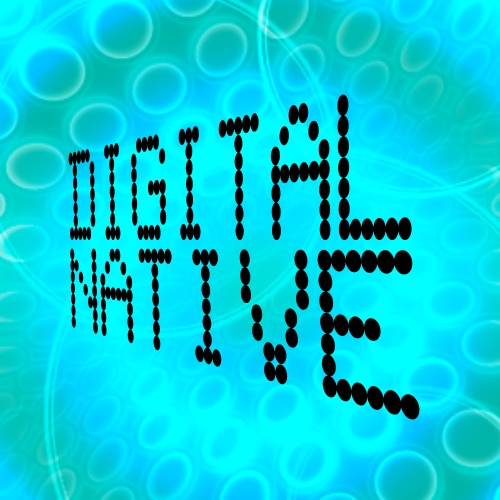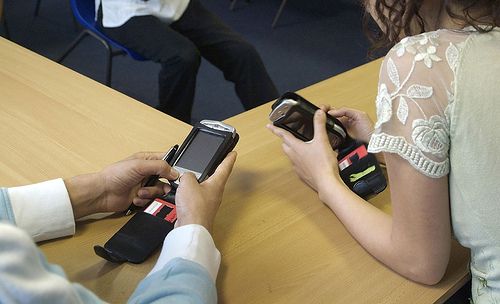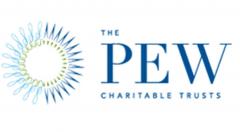Is Your Owned Media Delivering?
Savvy advocacy groups and brands understand that digital communications have revolutionized the art and science of communications, giving them powerful new tools to reach and engage advocates directly and to channel their support into effective action. Owned media — the media that organizations create on their own behalf, in house or with the help of a communications professional — can provide some of your most compelling and cost-effective communications. For advocacy success, however, effective owned media requires strategic depth and full integration with your campaign strategies and organizational mission.
You understand that your content must be ‘engaging’ but what does that really mean? There is no magic formula for creating content that captures attention and motivates action, and the rules of effective communication have not changed simply because they’ve gone digital. Perhaps you’ve read some of the countless tip lists already, which focus on things like style (Are you funny, witty, serious … just be yourself!), medium (Always include a hyperlink to maximize engagement!) and timing (For your target demographic 11:00 a.m. is always better than 2:00 p.m!). These often-repeated technical details, though helpful at the end of the content development process, are absolutely the wrong place to start the process. The same strategic punch list that shapes your campaign strategy should inform your content development strategy.
- Clarity: Clear, on-point messaging obviously is critical to any successful campaign. Too often, however, digital content fails to move much beyond a single campaign slogan. Advocacy groups invest expert resources into the development of a ‘master argument’ that drills down to the most persuasive case they can make in favor of their issue both to potential advocates and to policymakers. They then shy away from developing digital content around that master argument because it seems too complex for the short formats of social media and the online blogosphere. But this is precisely the communications challenge you must meet. You are missing a target-rich opportunity to garner new supporters if you fail to make your best case across all channels.
- Credibility: Persuade potential advocates and the decision makers you wish to sway by providing the best information available on your issue. Strive to become the go-to resource for anyone wishing to understand your issue by providing timely, fresh stories, resources and data. Your organization should be curating the discussion around your issue or brand. Tackle opposition messaging head-on and be responsive to news around your issue or brand. Convincing advocates that your issue is in their personal best interest certainly is an effective way to compel action. Convincing them that their action puts them on the side of what is right is even better, because this is the kind of meaningful experience they will share with other potential advocates. This left-brain-right-brain messaging can only spring from credibility. A credibility focus serves another practical and vital purpose: It makes you easier to find in the seemingly infinite digital space. The leading search engines reward true value and want to know that anyone searching your issue will find the best resources available. Credible, high-value content will raise your search ranking.
- Creativity: Powerful creatives, a resonating voice, a captivating message: These are essential to breaking through the volume of information deluging people online every day. Advocacy groups and brands have long met the challenge of seizing their advocates’ attention through traditional channels, such as radio and television advertising and public affairs strategies aimed at top international, national and local news organizations. Digital creative units offer a powerful array of new channels for sharing your message and for reaching more potential advocates. The blogosphere, YouTube, video streaming sites, social media platforms — these are the hangouts that are overtaking the traditional television audience . But don’t set out to create a video or infographic just because you’ve heard these are hot digital media. Evaluate your message and choose the medium that suits it best.
If you are a communications director, you understand that this high-value, results-driven approach to content development takes skill. Indeed, you’ve earned your title by developing such skill over many years. The next question then is one of time. As an executive responsible for coordinating strategic communications across an array of media and across a number of campaigns, how is your time most valuably spent? For some small organizations, budget constraints may require you to tackle content-development on your own as best you can. For campaigns with sufficient resources, however, professional advocacy communications specialists are the efficient solution for a sophisticated, results-driven advocacy campaign. Dominion Strategies is a full service communications firm specializing in the needs of advocacy groups, backed by the content development expertise of the Dominion Media Network™, by the influential reach of the Opinion Leaders Network™ and by DominionConnect™, the first advocacate relationship management system built on the Salesforce™ platform.
















Comments are closed.
[…] and the effectiveness of a website is highly dependent on these. These key rules are outlined on http://dominionstrategies.com/take-ownership-of-your-owned-media-strategy/ and are summarised as […]
[…] Original Value: Subject area expertise, original research and data, and fresh, apt insights will set your content apart. Original value is transformative, taking your audience from the point of observation to the point of action. Content with original value stands out, and is more likely to be shared and appear in the news feeds of more Facebook users. This also helps your organization take ownership of your owned media. […]
[…] take full advantage of the latest communications technologies to optimize your paid, earned and owned media to achieve your brand management and advocacy […]